Ultra-high temperature ceramics help high-speed aircraft withstand the high temperature of 2000 ℃!
Recently, according to CCTV reports, the JF-22 ultra-high-speed wind tunnel under development in my country is the cradle for the development of a new generation of aircraft and is expected to be completed in 2022. It can reproduce flying conditions at an altitude of 40 to 100 kilometers and a speed of about 30 times the speed of sound. The ultra-high-speed wind tunnel provides the necessary conditions for the high-speed flight of the aircraft, but because the surface temperature of the high-speed aircraft body increases with the increase of speed, it can often reach 2000 ℃ or even 3000 ℃ during high-speed flight. Performance presents a serious challenge.
1 Why choose ultra-high temperature ceramic materials?
Existing high-temperature alloy materials have high density, high cost, and poor oxidation resistance; Cf/SiC composite materials cannot exceed 1650°C for long-term use due to active oxidation of the matrix; although C/C composite materials have the characteristics of light weight, they have no protective layer When it exceeds 500°C, it starts to oxidize rapidly. Therefore, the aforementioned thermal protection material systems can no longer meet the needs of hypersonic aircraft thermal protection systems. Ultra-high temperature ceramic materials are expected to become a new generation of high-temperature thermal protection materials with their excellent comprehensive performance, and are currently the research frontier of high-temperature thermal protection materials. The current effect is relatively good, and the main ultra-high temperature ceramic materials that have been applied.
2 What is ultra-high temperature ceramics?
Ultra-high temperature ceramic refers to a special material that can maintain physical and chemical stability in a high temperature environment (2000°C) and a reaction atmosphere (for example, in an atomic oxygen environment). It has excellent high temperature mechanical properties and high temperature oxidation resistance. And thermal shock resistance ceramic matrix composite material.
Ultra-high temperature ceramics are mainly composed of high melting point borides and carbides, including hafnium boride (HfB2), zirconium boride (ZrB2), hafnium carbide (HfC), zirconium carbide (ZrC), tantalum carbide (TaC), etc. The melting points of boride and carbide ultra-high temperature ceramics exceed 3000℃, and they have excellent thermochemical stability and excellent physical properties, including high elastic modulus, high hardness, low saturated vapor pressure, moderate thermal expansion rate and good heat resistance Vibration performance, etc., and can maintain high strength at high temperatures. Table below shows the thermophysical properties of common ultra-high temperature ceramics.
.png)
Ultra-high temperature ceramics can adapt to extreme environments such as ultra-high speed long-term flight, atmospheric reentry, transatmospheric flight and rocket propulsion systems, and can be applied to various key components such as aircraft nose cones, wing leading edges, and engine hot ends. As an important material used in aerospace vehicles, ultra-high temperature ceramic materials have received great attention from all countries.
.png)
1 Why choose ultra-high temperature ceramic materials?
Existing high-temperature alloy materials have high density, high cost, and poor oxidation resistance; Cf/SiC composite materials cannot exceed 1650°C for long-term use due to active oxidation of the matrix; although C/C composite materials have the characteristics of light weight, they have no protective layer When it exceeds 500°C, it starts to oxidize rapidly. Therefore, the aforementioned thermal protection material systems can no longer meet the needs of hypersonic aircraft thermal protection systems. Ultra-high temperature ceramic materials are expected to become a new generation of high-temperature thermal protection materials with their excellent comprehensive performance, and are currently the research frontier of high-temperature thermal protection materials. The current effect is relatively good, and the main ultra-high temperature ceramic materials that have been applied.
2 What is ultra-high temperature ceramics?
Ultra-high temperature ceramic refers to a special material that can maintain physical and chemical stability in a high temperature environment (2000°C) and a reaction atmosphere (for example, in an atomic oxygen environment). It has excellent high temperature mechanical properties and high temperature oxidation resistance. And thermal shock resistance ceramic matrix composite material.
Ultra-high temperature ceramics are mainly composed of high melting point borides and carbides, including hafnium boride (HfB2), zirconium boride (ZrB2), hafnium carbide (HfC), zirconium carbide (ZrC), tantalum carbide (TaC), etc. The melting points of boride and carbide ultra-high temperature ceramics exceed 3000℃, and they have excellent thermochemical stability and excellent physical properties, including high elastic modulus, high hardness, low saturated vapor pressure, moderate thermal expansion rate and good heat resistance Vibration performance, etc., and can maintain high strength at high temperatures. Table below shows the thermophysical properties of common ultra-high temperature ceramics.
.png)
Ultra-high temperature ceramics can adapt to extreme environments such as ultra-high speed long-term flight, atmospheric reentry, transatmospheric flight and rocket propulsion systems, and can be applied to various key components such as aircraft nose cones, wing leading edges, and engine hot ends. As an important material used in aerospace vehicles, ultra-high temperature ceramic materials have received great attention from all countries.
.png)

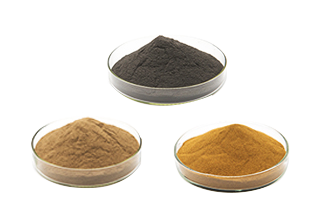
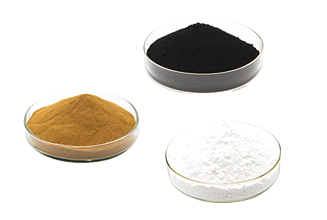
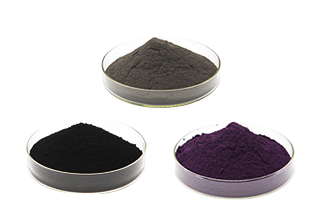
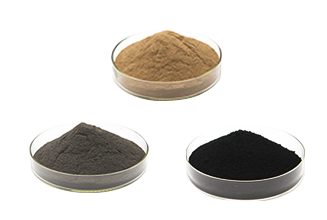
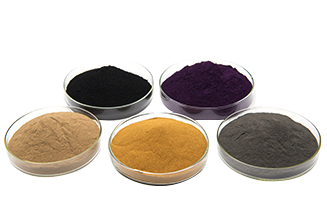
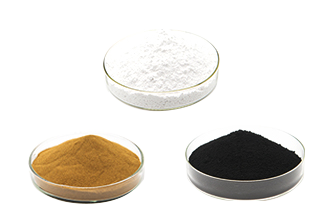
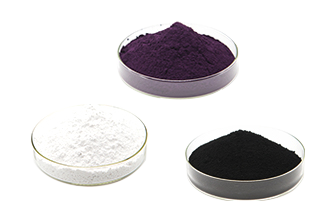



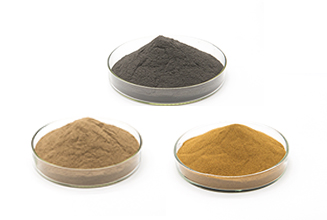
.jpg)
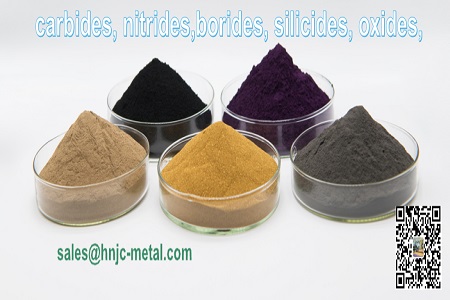
.png)
